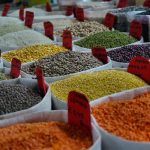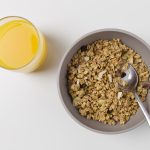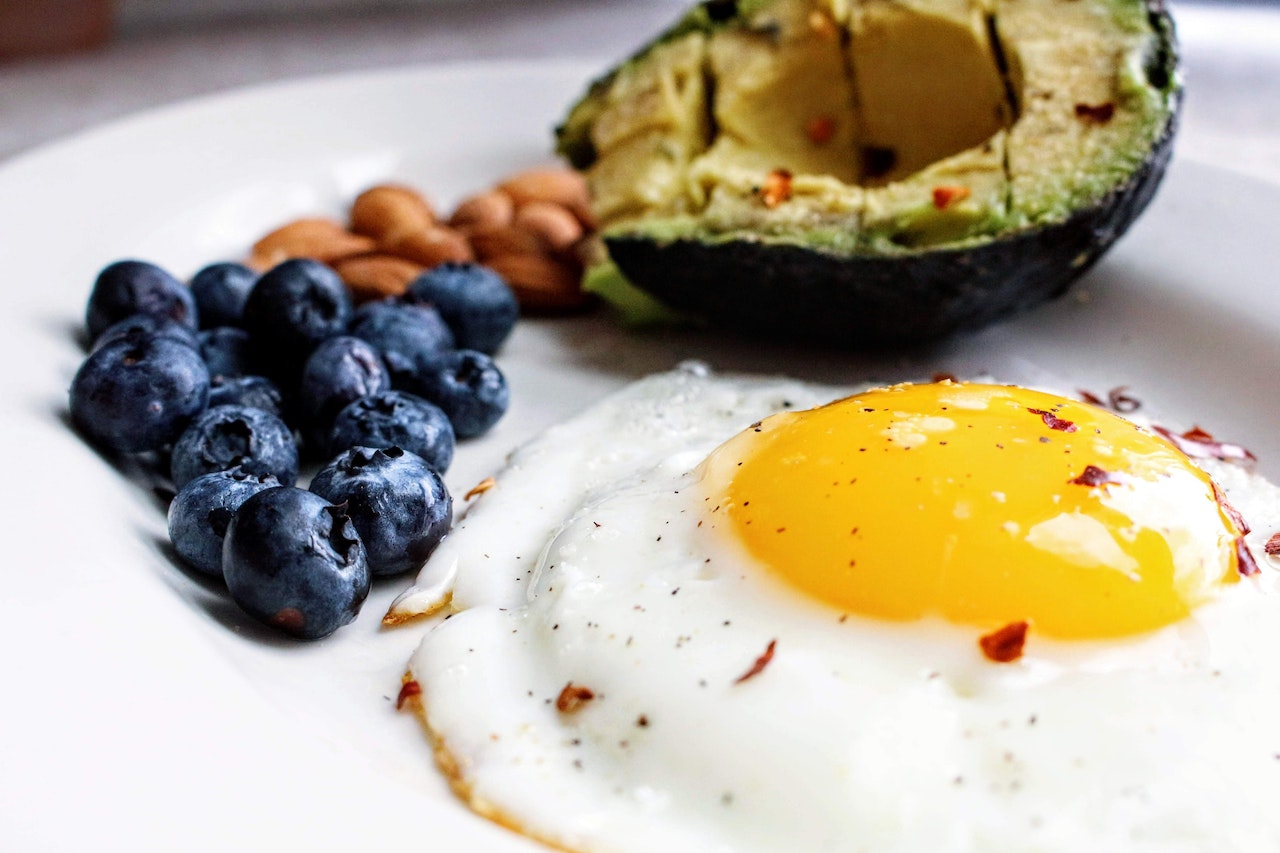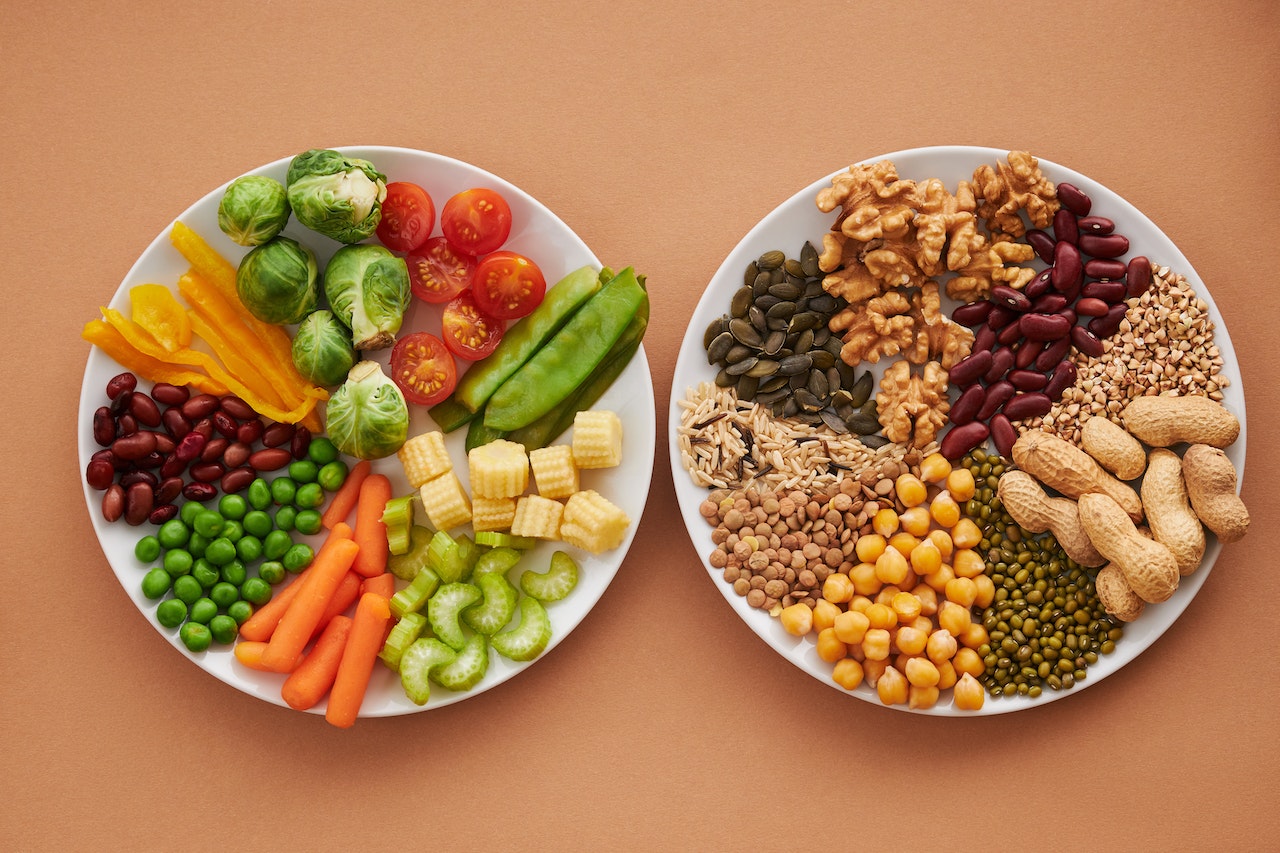The DASH diet, short for “Dietary Approaches to Stop Hypertension,” is a well-researched eating plan specifically designed to help lower high blood pressure (hypertension). High blood pressure is a significant risk factor for heart disease, stroke, and other cardiovascular conditions. The DASH diet emphasizes the consumption of nutrient-rich, whole foods while reducing the intake of sodium, saturated fats, and added sugars. In this comprehensive guide, we’ll delve into the principles of the DASH diet, its health benefits, and practical tips for incorporating it into your daily life to support heart health and manage blood pressure.
Understanding the DASH Diet:
The DASH diet was developed by the National Heart, Lung, and Blood Institute (NHLBI) in the United States as a response to the need for effective dietary interventions to address hypertension. It is a balanced and flexible eating plan that has been extensively studied and proven to be effective in reducing blood pressure.
Key Components of the DASH Diet:
- Fruits and Vegetables: The DASH diet emphasizes the consumption of a variety of fruits and vegetables, which are rich in essential vitamins, minerals, and antioxidants. Aim to fill half your plate with colorful produce at each meal.
- Whole Grains: Whole grains, such as brown rice, quinoa, oats, and whole wheat bread, provide essential fiber and nutrients. They are preferred over refined grains to support heart health and stabilize blood sugar levels.
- Lean Proteins: Incorporate lean sources of protein, such as poultry, fish, beans, lentils, tofu, and nuts, into your meals. These protein sources are lower in saturated fat, making them heart-healthy choices.
- Dairy or Dairy Alternatives: The DASH diet includes low-fat or fat-free dairy products or their alternatives, such as fortified plant-based milk. These provide calcium and other nutrients essential for bone health.
- Nuts, Seeds, and Legumes: These foods offer a combination of protein, healthy fats, and fiber, which can help control blood pressure and improve heart health.
- Fats and Oils: The DASH diet encourages the consumption of healthy fats, such as those found in olive oil, avocados, and nuts, while limiting saturated fats and trans fats from processed and fried foods.
- Sweets and Added Sugars: Sweets and added sugars should be consumed in moderation. Instead, opt for natural sweeteners like honey or enjoy naturally sweet fruits to satisfy your cravings.
- Sodium Reduction: One of the critical aspects of the DASH diet is reducing sodium intake. Lowering salt consumption can help lower blood pressure, so aim to minimize the use of added salt and choose low-sodium or salt-free options when available.
The Health Benefits of the DASH Diet:
The DASH diet’s primary goal is to reduce high blood pressure, but its benefits extend beyond that. Research has shown that following the DASH eating plan can also:
- Lower LDL (bad) cholesterol levels: This contributes to better heart health and reduces the risk of cardiovascular disease.
- Improve insulin sensitivity: The DASH diet can help manage blood sugar levels and reduce the risk of type 2 diabetes.
- Promote weight loss and weight management: The DASH diet encourages a balanced and nutritious approach to eating, making it an effective option for weight management.
- Support overall heart health: By emphasizing heart-healthy foods and reducing sodium and unhealthy fats, the DASH diet can improve overall cardiovascular health and reduce the risk of heart disease.
Practical Tips for Adopting the DASH Diet:
- Gradual Changes: Transitioning to the DASH diet may be easier when done gradually. Start by incorporating more fruits and vegetables into your meals and gradually reducing sodium and unhealthy fats.
- Meal Planning: Plan your meals ahead of time to ensure they are well-balanced and include a variety of DASH-approved foods.
- Read Labels: Pay attention to food labels to identify sodium content in packaged foods. Opt for low-sodium or salt-free options whenever possible.
- Cook at Home: Preparing meals at home allows you to have better control over the ingredients and sodium content in your dishes.
- Experiment with Herbs and Spices: Enhance the flavor of your meals with herbs, spices, and other natural seasonings instead of relying on added salt.
- Stay Hydrated: Drink plenty of water throughout the day, as proper hydration is essential for maintaining healthy blood pressure levels.
- Seek Support: If you have specific health concerns or questions about the DASH diet, consider consulting with a registered dietitian or healthcare professional for personalized guidance.
The DASH diet is a scientifically proven and practical approach to lowering blood pressure and improving overall heart health. By focusing on nutrient-rich whole foods, reducing sodium, and making heart-healthy choices, you can support your cardiovascular well-being and reduce the risk of hypertension-related complications. Embrace the DASH diet as a positive and sustainable lifestyle change, and remember that small steps towards healthier eating habits can lead to significant long-term benefits for your heart and overall health.










